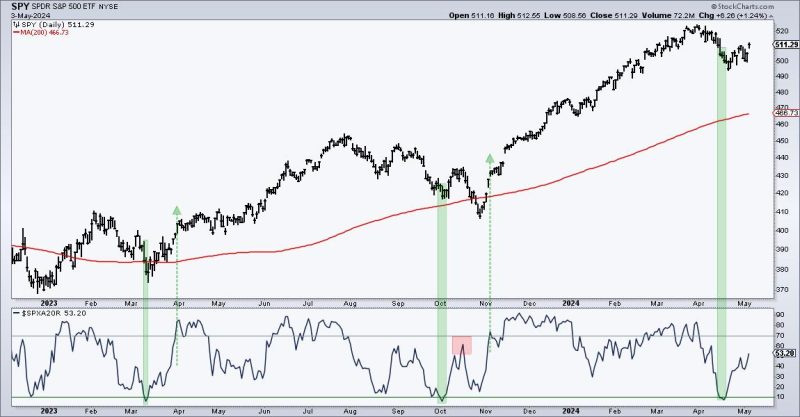In the rollercoaster world of finance, market movements often leave investors guessing about the next move. One such term that has been circulating amidst the recent upturn in market conditions is the dead cat bounce. This term paints a picture of a temporary recovery in the market after a significant decline before resuming its downward trajectory.
The concept of a dead cat bounce is both intriguing and cautionary for investors. On one hand, it offers a glimmer of hope to those witnessing plummeting asset values. However, on the other hand, it serves as a stark reminder of the unpredictable nature of markets and the risks involved in making investment decisions.
The question that remains at the forefront of many investors’ minds is whether the current market bounce is a dead cat bounce or a sustainable bounce with legs. To answer this question, it is crucial to delve into the underlying factors that drive market movements and assess the strength and sustainability of the current uptrend.
One key factor to consider is the catalyst behind the market bounce. Is it simply a result of temporary market sentiment, or are there fundamental and structural changes supporting the upward movement? A dead cat bounce is typically characterized by a lack of substantial supporting factors and is often fueled by short-term traders looking to capitalize on the market’s volatility.
Another important aspect to analyze is the volume of trading activity during the bounce. Sustainable market rallies are usually accompanied by significant trading volume, indicating strong investor participation and conviction in the upward trend. Conversely, a dead cat bounce may be characterized by lower trading volumes, suggesting a lack of widespread investor confidence in the market’s recovery.
Furthermore, examining the broader economic and geopolitical landscape can provide valuable insights into the sustainability of the current market bounce. Factors such as economic indicators, central bank policies, geopolitical tensions, and global market trends can all influence market movements and determine whether the bounce is likely to continue or fizzle out.
In navigating the complexities of market dynamics, investors are often advised to maintain a diversified portfolio, exercise caution in decision-making, and stay informed about market developments. While predicting market movements with absolute certainty remains a challenge, conducting thorough research, analyzing trends, and consulting with financial experts can help investors make more informed decisions in the face of market uncertainty.
Ultimately, whether the current market bounce is a dead cat bounce or a bounce with legs remains to be seen. The future direction of the market will depend on a myriad of factors, and investors should approach the situation with vigilance, patience, and a long-term perspective. As history has shown, markets are inherently unpredictable, and successful investing requires a combination of strategic planning, risk management, and adaptability to changing market conditions.

